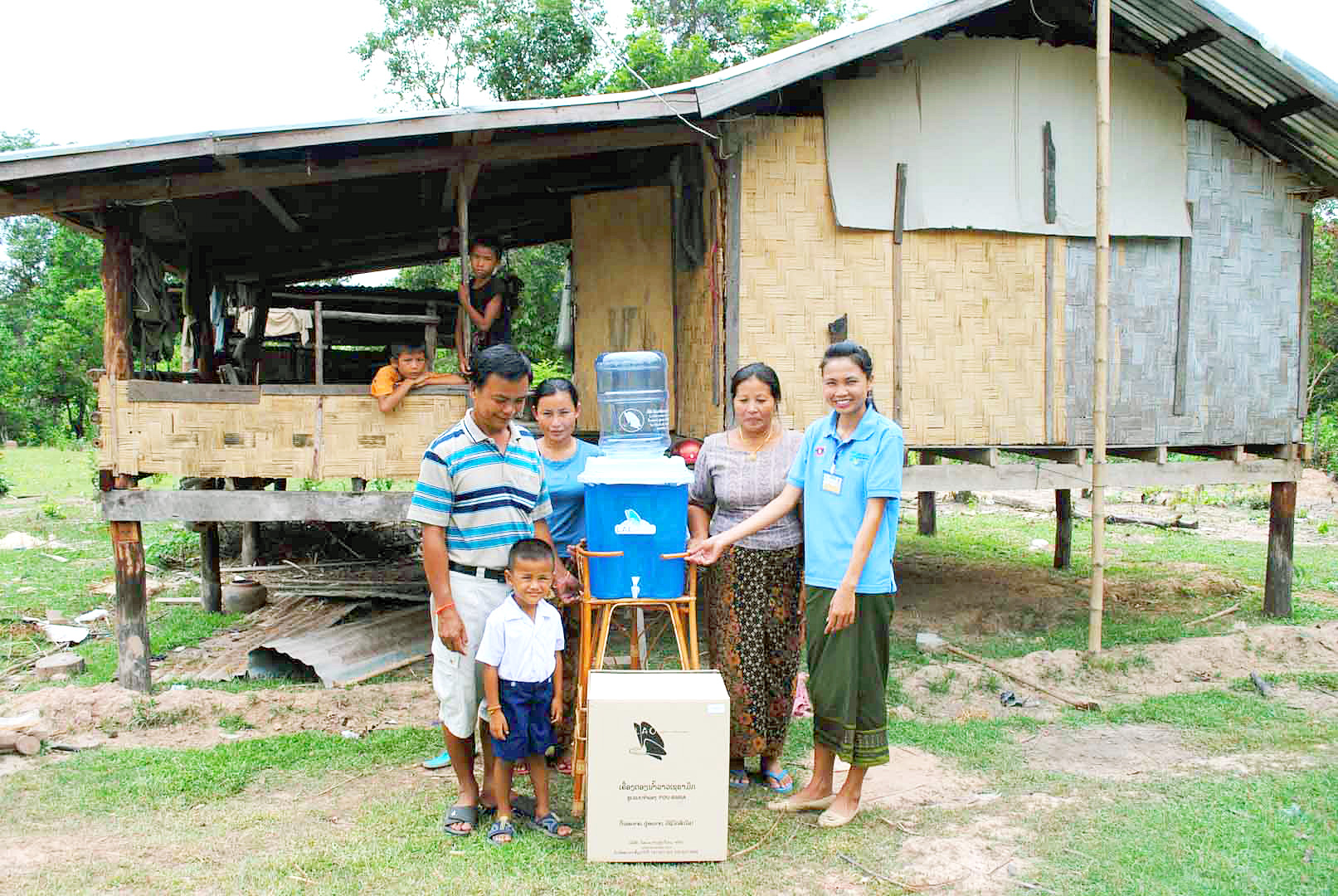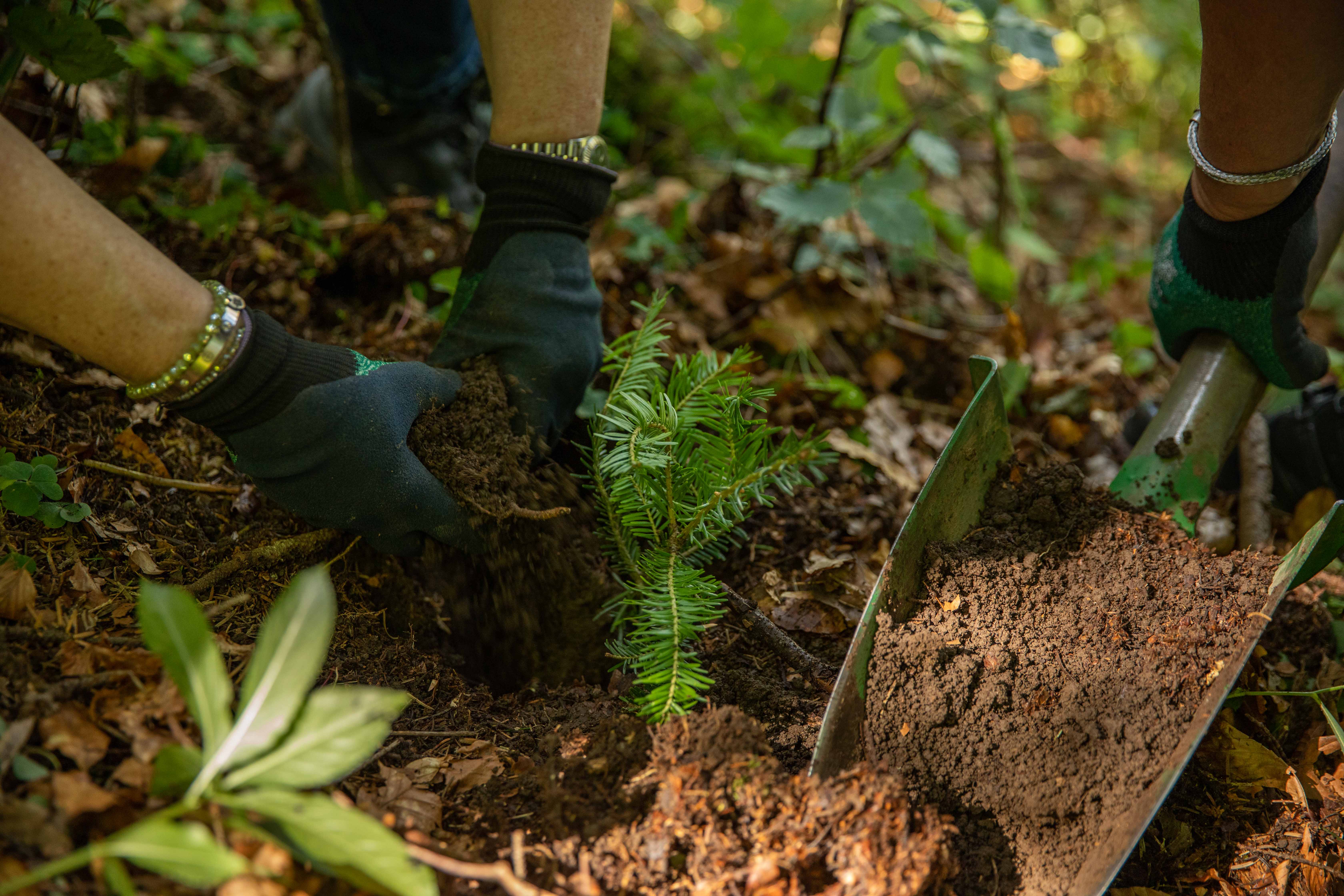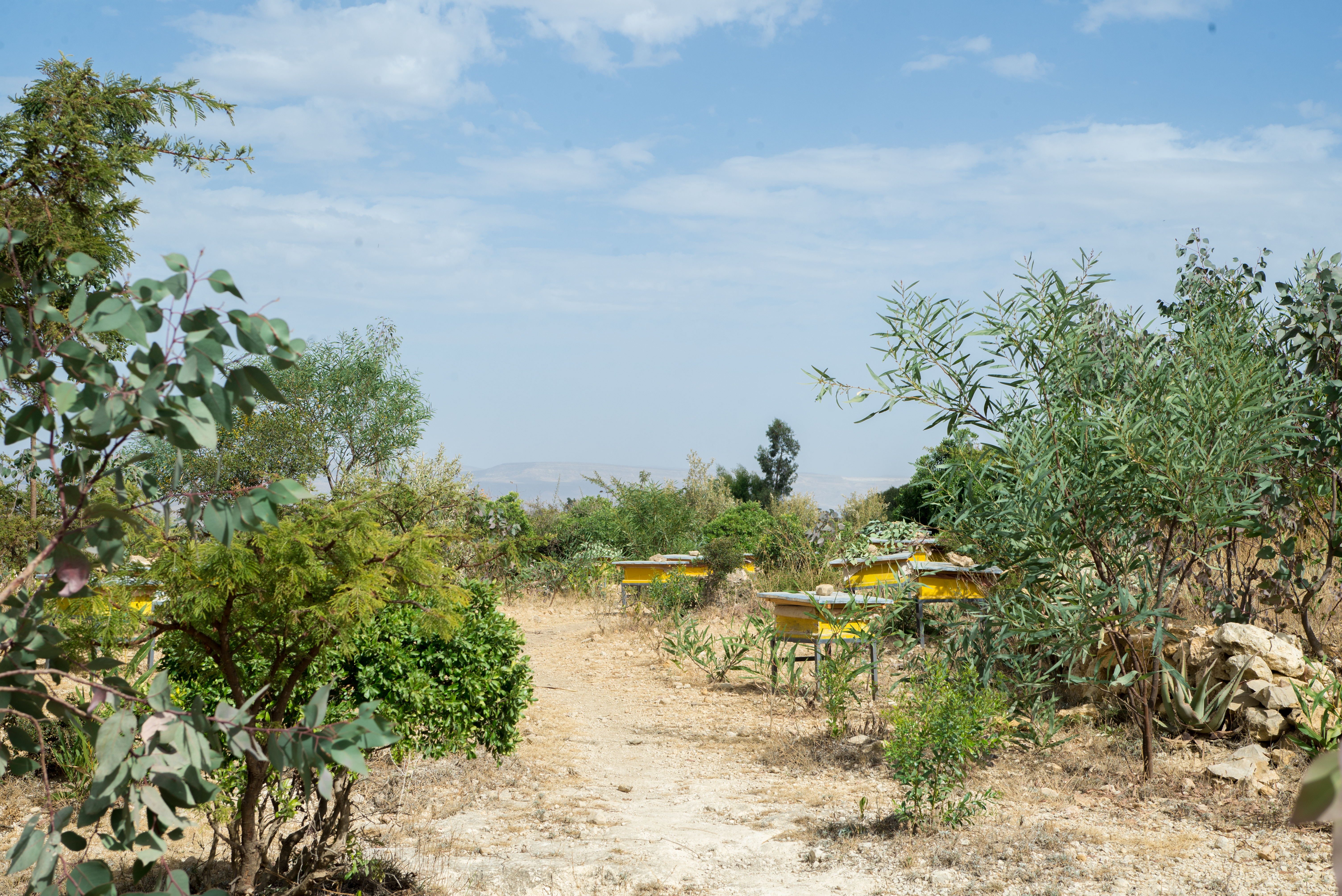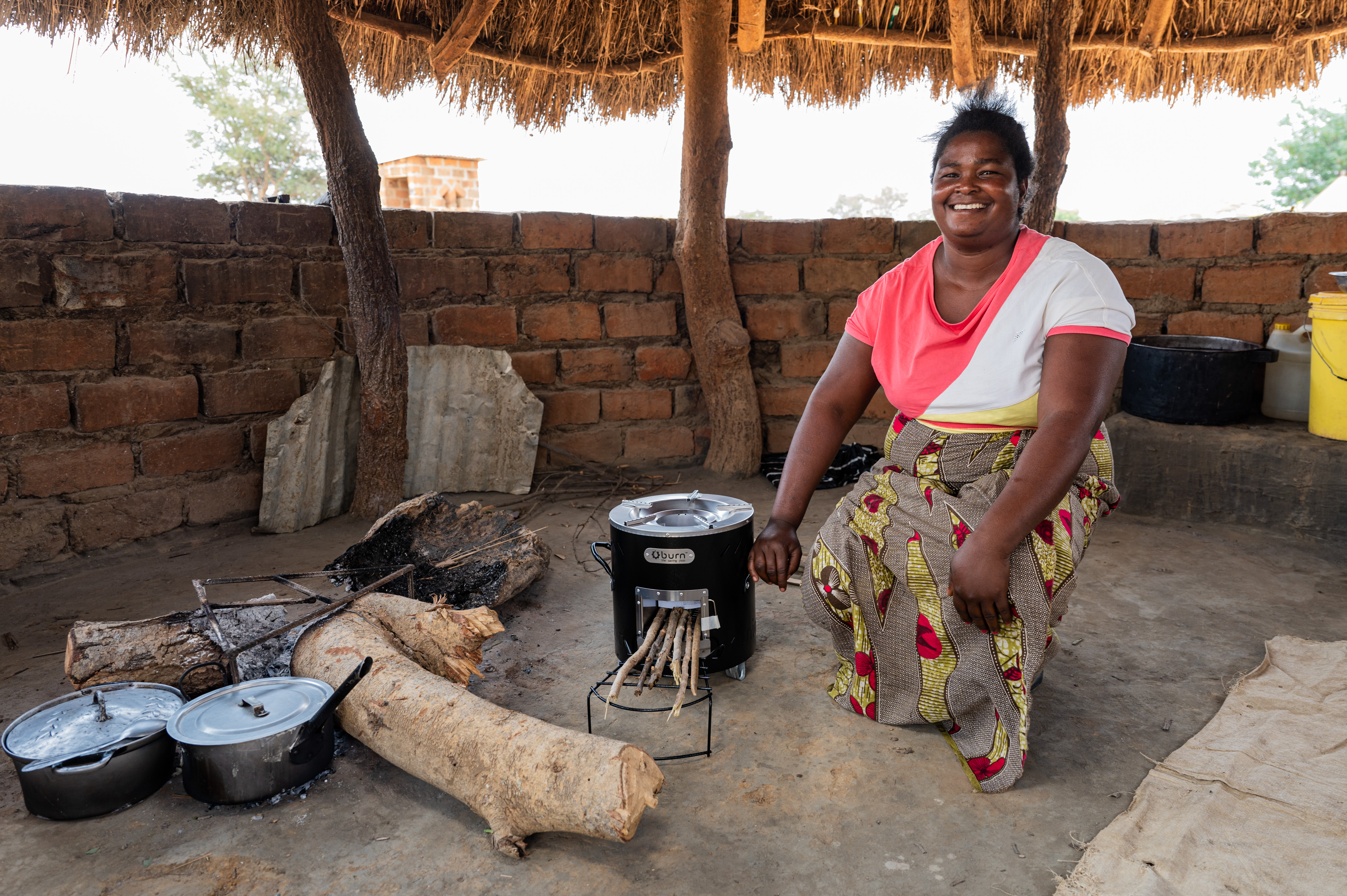Using hydropower without harming the river ecosystem
Aral?k is a run-off river type hydroelectric power plant, generating energy from the running waters of Aral?k Creek, with a total installed capacity of 12.41 MW, leading to a CO2-reduction about 25,370 tonnes per year. Despite its natural potential, the Turkish electricity generation is mainly composed of thermal power plants, especially hydroelectric power plants have decreased significantly in recent years. The project uses this existing potential to meet the increasing demand for electricity. Compared with a natural gas power plant, the Project will replace consumption of about 10 million m3 of natural gas per year. With a total of 45 million kWh per year of electricity production will be met electricity needs of about 15,000 households.
Run-off river plants do not have any significant storage capacity. So these types of hydroelectric power plants produce the power depending on the flow of water. During rainy seasons with a maximum flow of water in the rivers, they produce maximum power. In order to avoid impact on aquatic life in the river bed in times without rain, a minimum flow corresponding to 10% of average natural flow is guaranteed. The project has shown no negative impact on water quality, other pollutants or decrease of biodiversity.

Hydropower plants use the energy of water to generate electricity. The energy is harnessed by passing water through a turbine. Under the pressure of the water, the turbine turns and transfers this energy to a generator, which converts kinetic energy into electricity. This principle applies to all types of hydroelectric power plants: from small run-of-river power plants to pumped-storage power plants on bodies of water like lakes. In many parts of the world, electricity is still primarily generated from fossil fuels. Clean hydropower can replace some of this emission-intensive energy and thus verifiably save carbon emissions. In most hydropower projects, the electricity is fed into a regional power grid, diversifying the energy supply and improving energy security in areas affected by power shortages and blackouts. Often, these projects also create jobs for the local population. Hydropower projects thus make an important contribution to clean energy supply as well as contributing to the UN Sustainable Development Goals (SDGs). Hydopower projects in the ClimatePartner portfolio are registered with international standards.
Explore our projects
Biochar for Climate Action, Healthy Soils, and Better Harvests

A certified climate project combined with additional commitment

Expansion of renewable energy generation in Asia

Ceramic water filters save CO2 and improve health

Improved cookstoves worldwide – for better health and cleaner air

A certified climate project combined with additional commitment

Powering access to renewable energy in Africa

A certified climate project combined with additional commitment

Restored ecosystems remove carbon

Turning degraded farmlands into healthy ecosystems

Improved cookstoves - better for health and the environment






